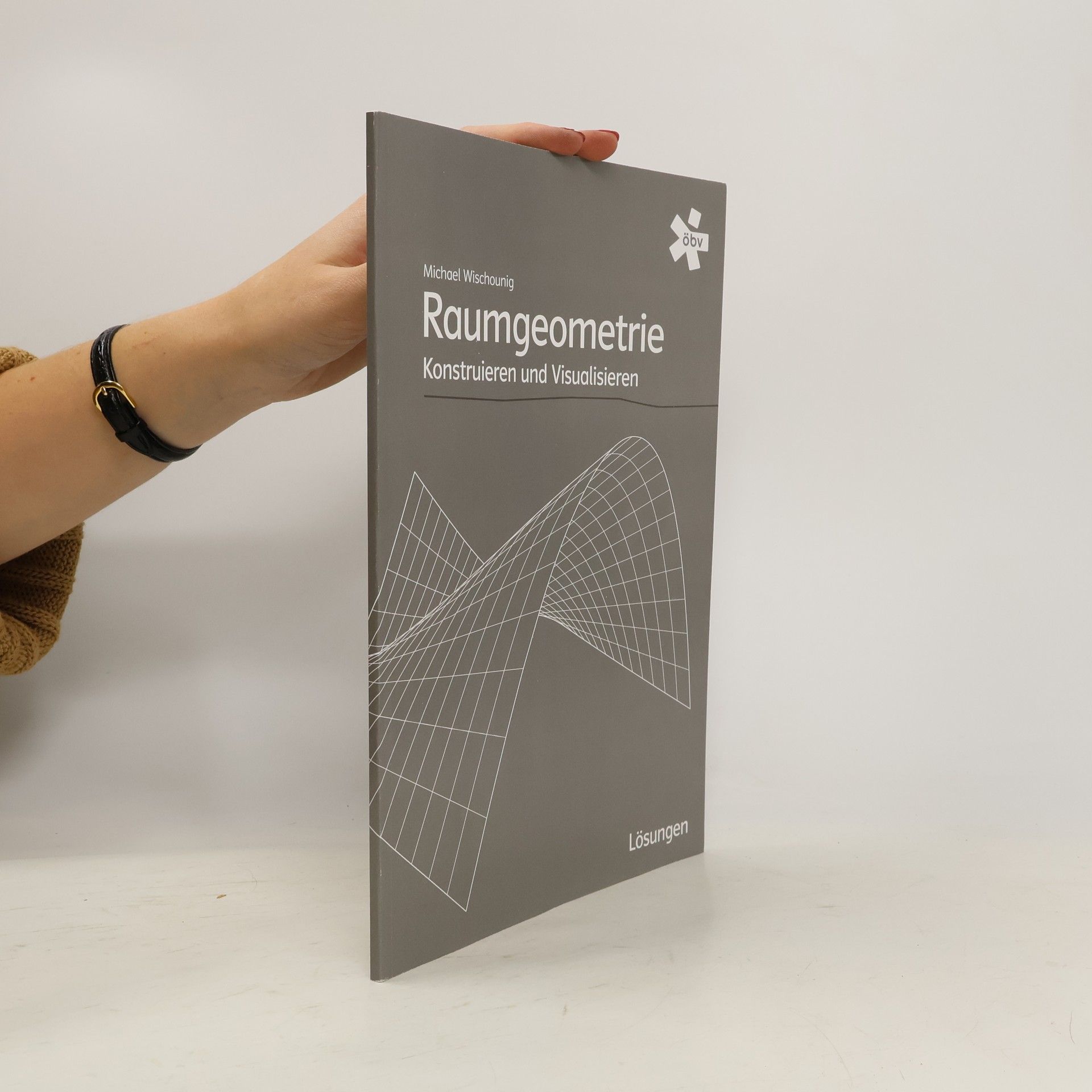Raumgeometrie
Konstruieren und Visualisieren




Konstruieren und Visualisieren
Inklusive 3D-CAD-Software GAM-Light von Erwin Podenstorfer - 4. Klasse
Geometry lies at the core of the architectural design process. It is omnipresent, from the initial form-finding stages to the actual construction. Modern constructive geometry provides a variety of tools for the efficient design, analysis, and manufacture of complex shapes. This results in new challenges for architecture. However, the architectural application also poses new problems to geometry. Architectural geometry is therefore an entire research area, currently emerging at the border between applied geometry and architecture. This book has been written as a textbook for students of architecture or industrial design. It comprises material at all levels, from the basics of geometric modeling to the cutting edge of research. During the architectural journey through geometry, topics typically reserved for a mathematically well-trained audience are addressed in an easily understandable way. These include central concepts on freeform curves and surfaces, differential geometry, kinematic geometry, mesh processing, digital reconstruction, and optimization of shapes. This book is also intended as a geometry consultant for architects, construction engineers, and industrial designers and as a source of inspiration for scientists interested in applications of geometry processing in architecture and art.